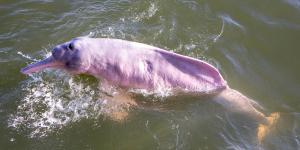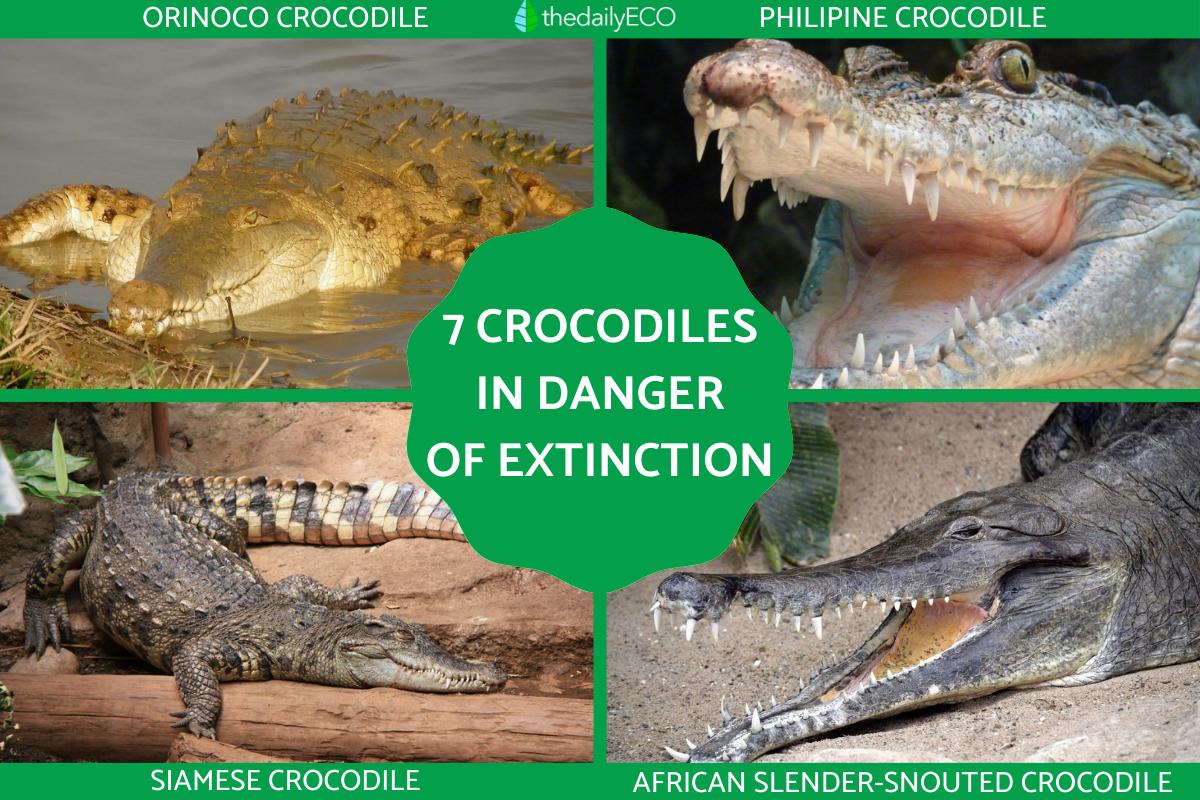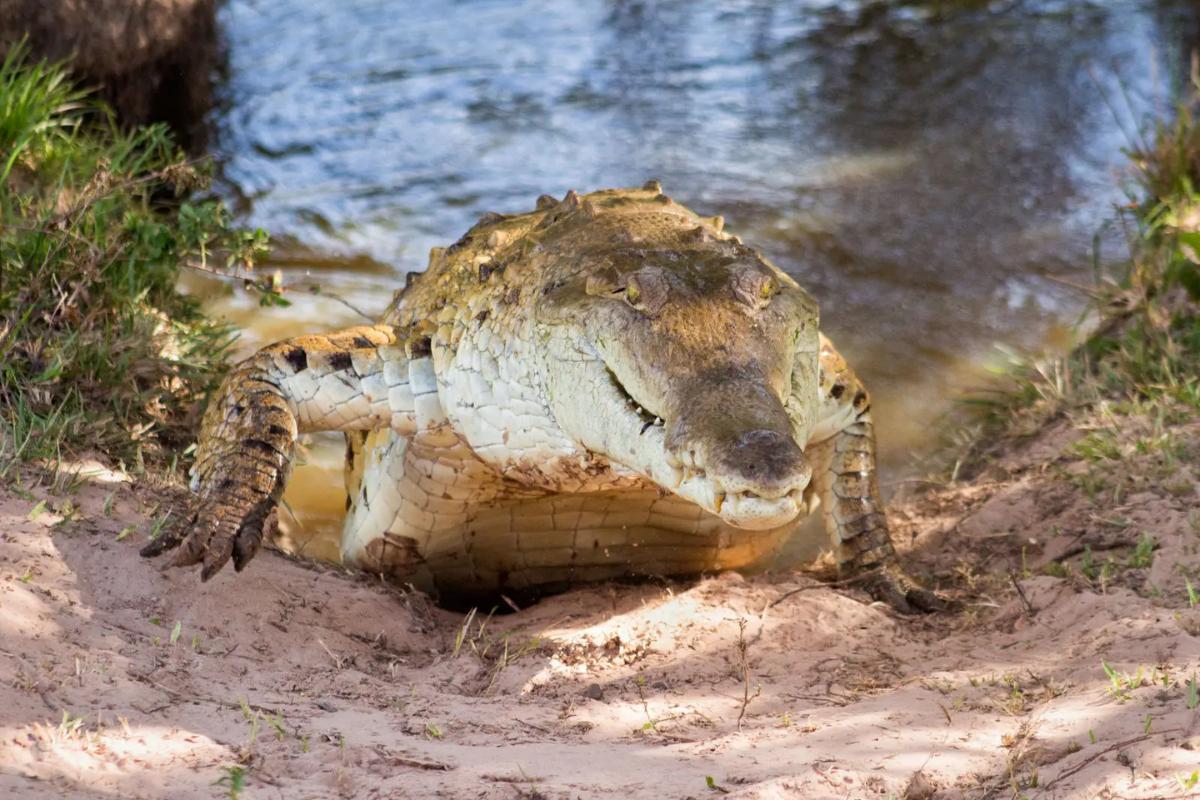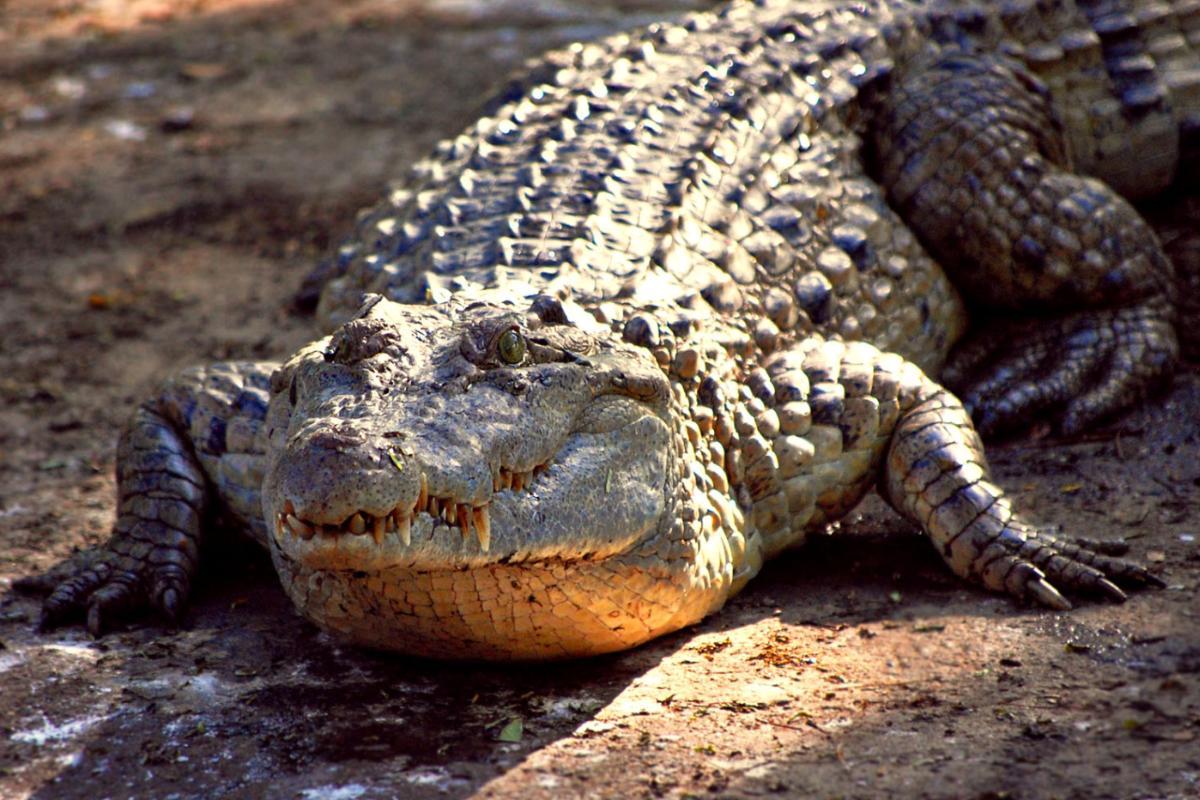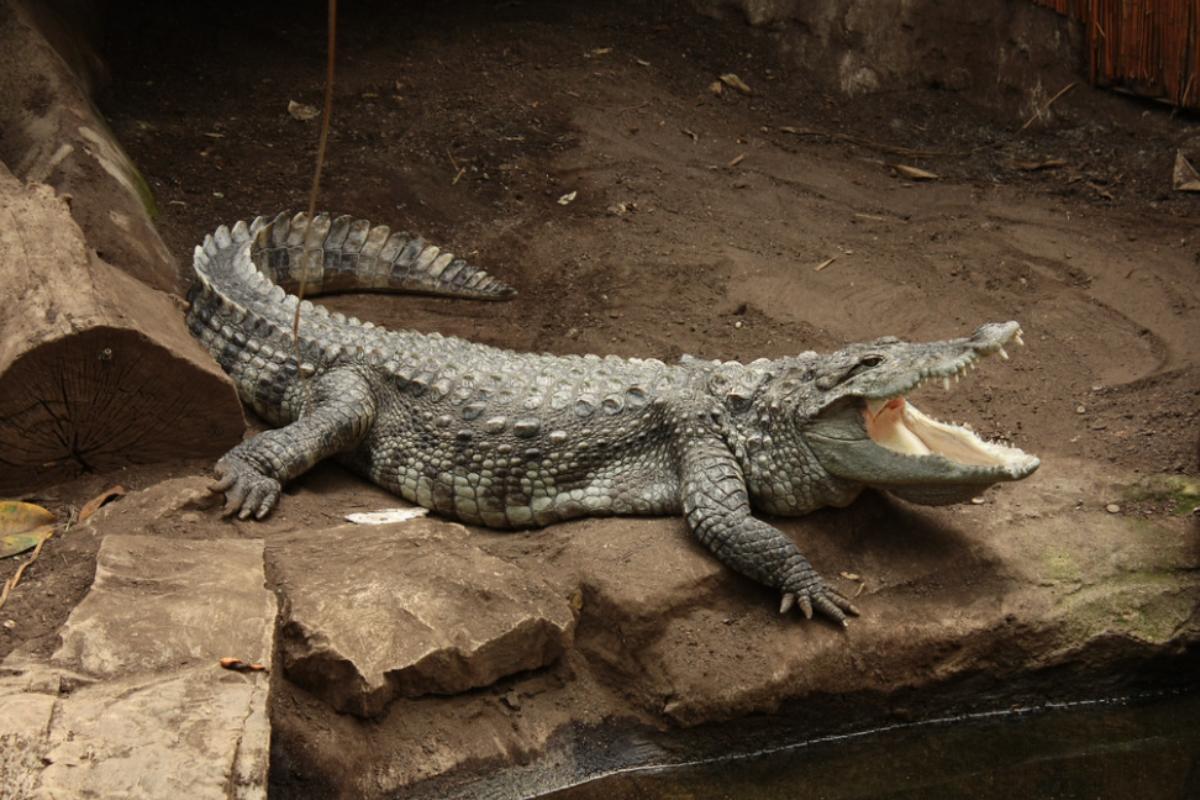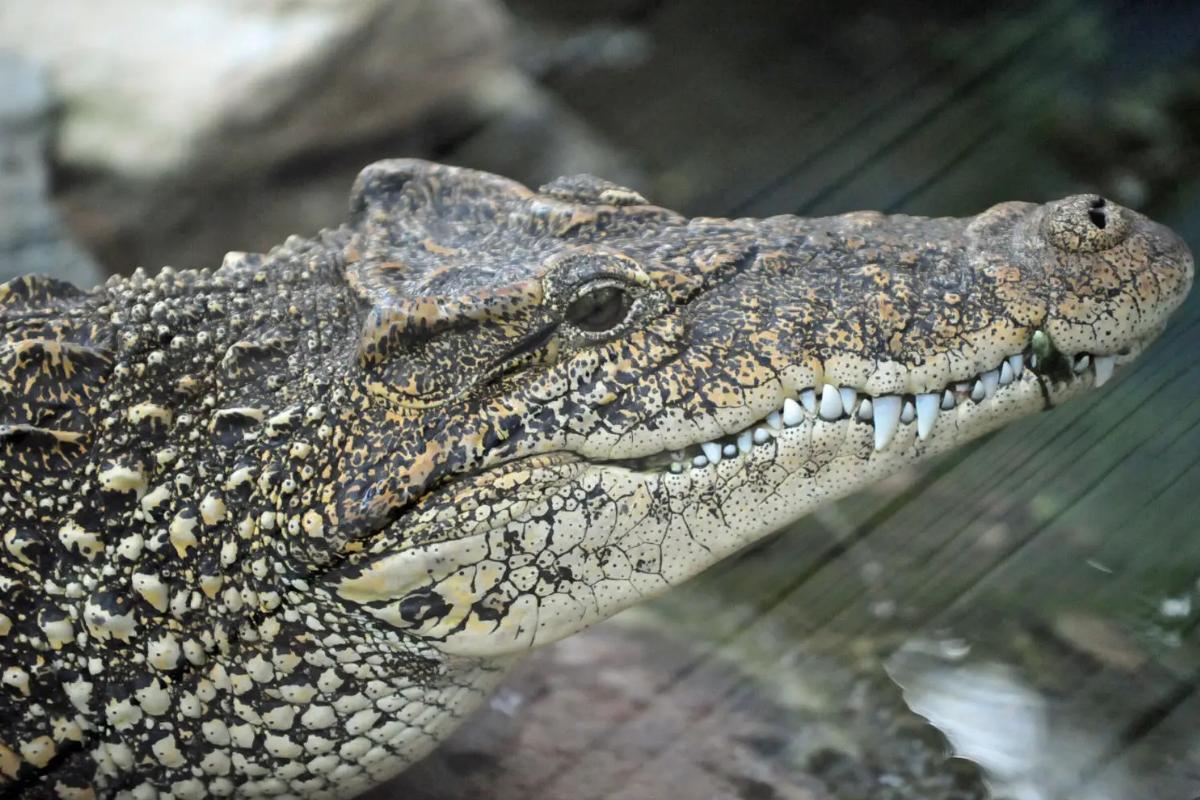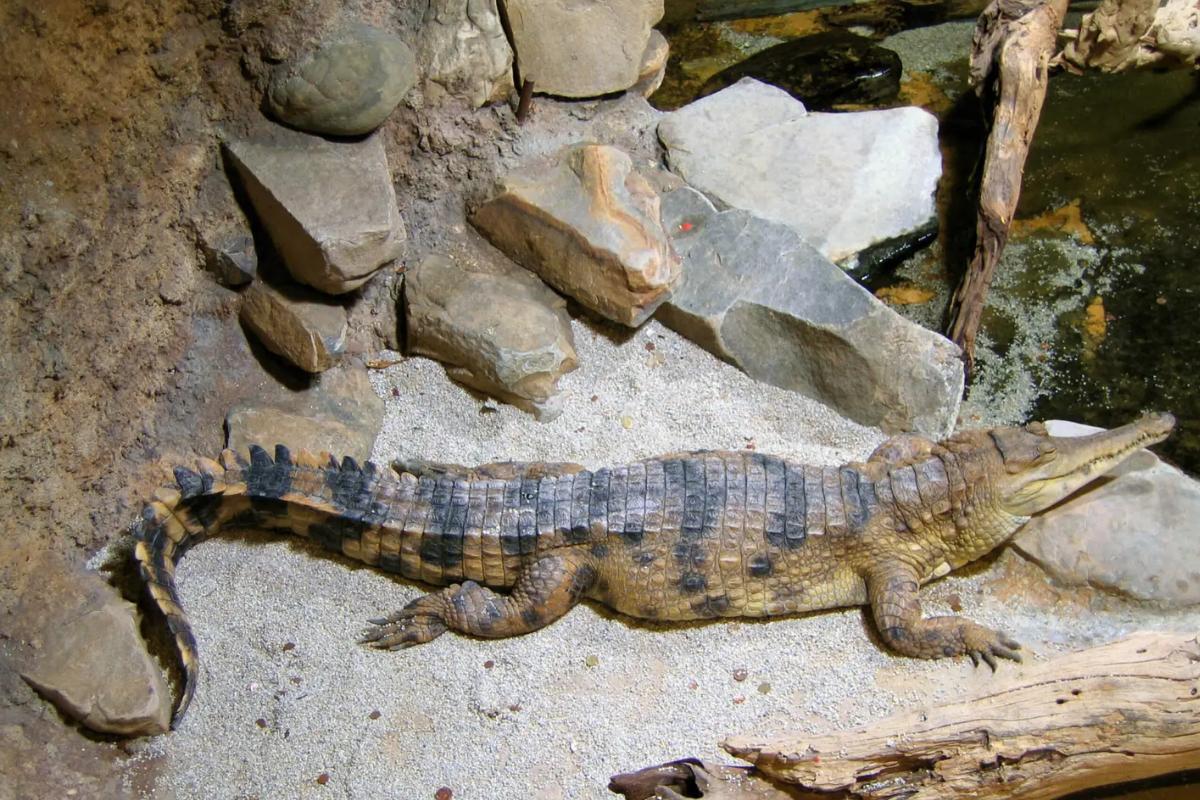Crocodile Species in Danger of Extinction


Despite often being apex predators in their ecosystem, there are certain crocodile species which are in danger of extinction. This is largely due to human influence on said ecosystems. Destruction of habitat, direct hunting or removal of their prey animals as a food source all contribute to their inability to survive, among many other issues. The International Union for Conservation of Nature (IUCN) has created a list of animals which are under threat, categorizing the nature of this threat into different levels. Some of the crocodile species listed here is considered to be critically endangered while others may be under less immediate threat.
Learn about the 7 crocodile species in danger of extinction with thedailyECO. We provide a list of endangered crocodiles with photos and information about the threats they face.
Orinoco crocodile (Crocodylus intermedius)
The Orinoco crocodile (Crocodylus intermedius) is an imposing species that lives in the aquatic systems of the Orinoco River basin in South America. It is distinguished by its considerable size, being one of the largest crocodiles on the continent. Some specimens have been recorded reaching lengths greater than 5 meters. It has a grayish or dark brown color on the dorsal part of its body, while its belly is lighter.
This crocodile plays an important role in aquatic ecosystems, regulating populations of fish and other aquatic animals. It feeds mainly on fish, but can also consume mammals, birds and reptiles found in its habitat.
The main threat is the loss and degradation of its habitat due to deforestation, dam construction, mining and other human activities that affect aquatic ecosystems. Additionally, poaching for their skin and illegal trapping for the pet trade has also contributed significantly to their population decline.

Philippine crocodile
The Philippine crocodile (Crocodylus mindorensis) is an endangered crocodile species endemic to the Philippine Islands and primarily inhabits freshwater areas, such as rivers, lakes and swamps. It is distinguished by its moderate size compared to other crocodile species, reaching lengths of up to 3 meters in adulthood. They are considered critically endangered. In fact, they are believed to be the most critically endangered crocodile species in the world.
Their diet includes fish, crustaceans, birds and mammals found in their aquatic environment. The destruction and alteration of its habitat due to deforestation, land conversion for agriculture and urban development are some of the main causes of its population decline. Poaching for the sale of skins is also another cause of their extinction.
Learn more about the types of environmental degradation that threaten crocodile habitats with our related article.

American alligator in vulnerable state
The American crocodile (Crocodylus acutus) is a notable species that inhabits a wide variety of aquatic habitats in the Americas, from the southern United States to South America. It is one of the largest crocodiles on the continent, with adult specimens that can exceed 5 meters in length. It has an imposing appearance, with a lighter and more mottled belly compared to its brownish green upper parts.
Deforestation and urbanization cause water pollution and is one of the main reasons for the loss of habitat and the reduction in the number of individuals. As in the rest of the crocodile species, poaching and illegal capture for commercial purposes of the skins is what causes a more drastic reduction in the number of specimens. While they are endangered, they are less endangered than other crocodiles, being in the vulnerable category.

Mugger crocodile (Crocodylus palustris)
Also known as the marsh crocodile (Crocodylus palustris), this vulnerable crocodile species is found mainly in the Indian subcontinent and Southeast Asia. It inhabits freshwater areas such as rivers, lakes, swamps and mangroves. It is characterized by its moderate size, with adult specimens reaching typical lengths of 2 to 3 meters. .
In 1980, the largest population of wild crocodiles in the southern Indian state of Tamil Nadu lived in the Amaravati Dam and the Chinnar, Tennar and Pambal rivers that flow into the dam. The estimated population at that time was 60 adults and 37 juveniles. Amaravati Crocodile Farm was established in 1975 and is the largest crocodile farm in India. The eggs are collected from wild nests around the dam and transported to the farm. There are about 430 animals in captivity there. From here hundreds of adult crocodiles have been reintroduced into the wild.
This species of crocodile is vulnerable due to the loss and degradation of its habitat due to deforestation, land conversion for agriculture and urbanization. Fortunately, the work of conservationists such as the Amaravati Crocodile Farm is helping to support these endangered crocodile populations.
Learn more about crocodilians with our article on the difference between crocodiles and alligators.

Cuban crocodile (Crocodylus rhombifer)
The Cuban crocodile (Crocodylus rhombifer) is a species endemic to Cuba where it lives in freshwater areas such as rivers, lakes, swamps and mangroves. It is a moderate-sized reptile, with males generally larger than females, reaching typical lengths of 2 to 3 meters. Larger individuals have been recorded.
The Cuban crocodile is critically endangered. This crocodile species in danger of extinction has been constantly losing specimens due to the loss of natural habitat and poaching. Preservation of individuals occurs in zoos and animal sanctuaries across the world. Two famous individuals live in a Swedish zoo which were once owned by the deceased Cuban leader Fidel Castro.

Critically endangered Siamese crocodile
The Siamese crocodile (Crocodylus siamensis) is another critically endangered crocodile species found mainly in Southeast Asia, especially in countries such as Thailand, Vietnam, Cambodia, Laos and Indonesia. It is one of the largest freshwater crocodiles in the world with males reaching lengths that can exceed 4 meters. Females tend to be slightly smaller. It has a dark brown color on its back, with a lighter belly and small dark spots all over its body.
In 1992, excessive poaching led to the belief that the species was extinct in the wild. Small populations were later found in Thailand and an even smaller population in Vietnam. Similar populations were later discovered in Myanmar and Laos. In 2005, a nest containing juveniles and another population was discovered in northern Cambodia. There are no recent reports confirming its presence in Malaysia, Brunei or Indonesia. It is estimated that its population in the wild is as little as 5,000 individuals.

West African slender-snouted crocodile (Mecistops cataphractus)
The West African slender-snouted crocodile (Mecistops cataphractus) lives in the western part of Central Africa, mainly in the Congo and Ivory Coast. Specimens are sometimes found near the mouth and even on the island of Bioko, meaning they have some tolerance to salt water. It likes to live in areas with dense vegetation and leads an aquatic life. As an adult it can grow up to 4 meters in length, but normally its average length is about 2.5 meters.
Although the crocodile is estimated to be found in much of West Central Africa, it is currently only found in countries such as Ivory Coast and the Congo. It is rare or possibly even extinct in other countries such as Nigeria, Benin, Cameroon or Equatorial Guinea. Political instability and the numerous wars that have plagued the areas where it lives have prevented precise investigations into its state of conservation and the development of measures aimed at preventing its disappearance.
Learn more about other animals which are in danger of extinction with our articles on the different types of gorillas and whether the pink Amazon river dolphins are in danger of extinction.

If you want to read similar articles to Crocodile Species in Danger of Extinction, we recommend you visit our Animals in danger of extinction category.
- IUCN Red List of Threatened Species. "Crocodylus." Retrieved from: https://www.iucnredlist.org/search?query=Crocodylus&searchType=species


